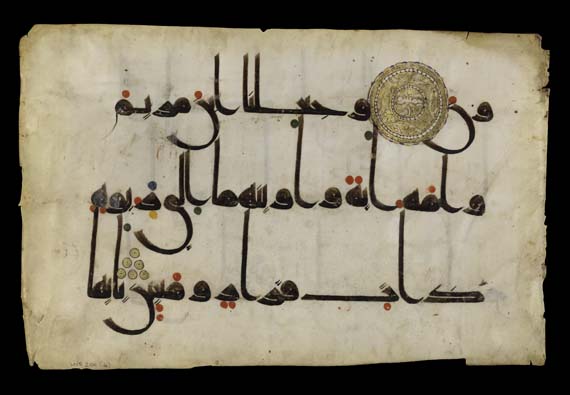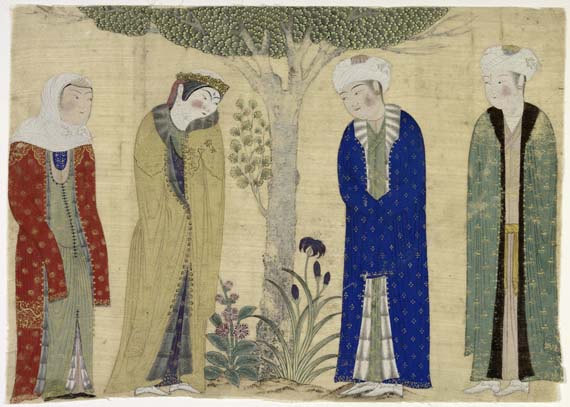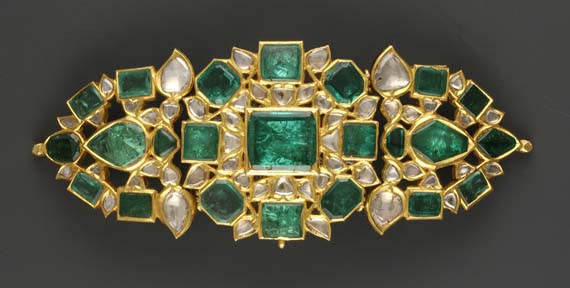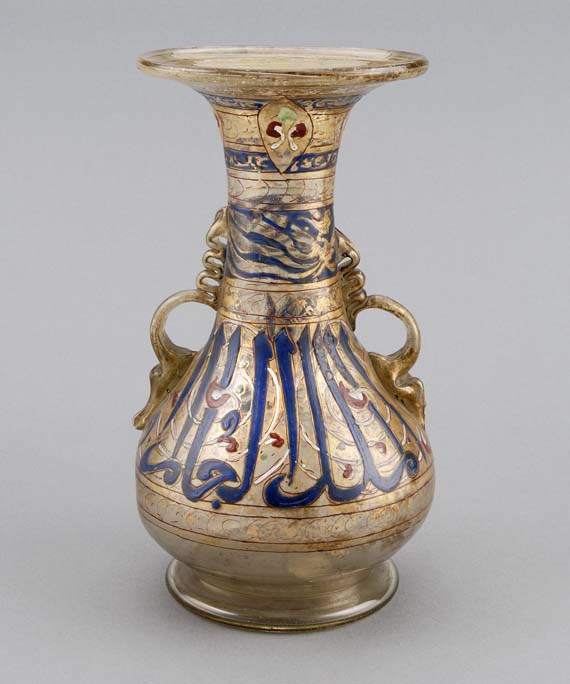Al-Fann: Art from the Islamic Civilisation
Nov 03, 2010 Exhibition
 Image (from the exhibition): 3. LNS 2 CA (a), probably Qayrawan, circa 9th-10th century
Image (from the exhibition): 3. LNS 2 CA (a), probably Qayrawan, circa 9th-10th century
 Image (from the exhibition): 20. LNS 77 MS, Iranian world or Central Asia, 15th century
Image (from the exhibition): 20. LNS 77 MS, Iranian world or Central Asia, 15th century
According to the curator, University of Udine professor Giovanni Curatola, this exhibition has the ambitious purpose of giving a proper response to the growing interest in the rich culture of Islamic civilization and to give this culture the balanced representation of the scholar, suffused with the passion of the art-lover. It is indeed a difficult but fascinating task to endeavour to give an idea of the many centuries of Islamic culture’s history and of the vastness of the lands (from Spain to China) where that civilization has grown, involving artistic encounters, exchanges and influences with respect to other civilizations. Even a single object can convey an important story of such relations, especially due to the extraordinary dynamism which has characterized Islam since its very beginning.
 Image (from the exhibition): 30. LNS 3901 J (b), India, 19th century
Image (from the exhibition): 30. LNS 3901 J (b), India, 19th century
The complexity of Islamic artistic expression is very well known. To present it in a package of undiminished impact, a collection of about 350 objects made of different materials, from ivory to glass, from stucco to metalwork, to pottery, rock crystals, manuscripts, woodwork, stones and textiles, including carpets, have been chosen for the exhibition.
 Image (from the exhibition): 18. LNS 69 G, Syria or Egypt, early 14th century
Image (from the exhibition): 18. LNS 69 G, Syria or Egypt, early 14th century
The proposed progression of the exhibition is rather simple and linear. The first part is organized in a chronological way, from the earliest objects up to representatives of the empires of the sixteen-hundreds, that is the Ottoman, Safavid and Mughal territories. Other sections, on the other hand, are dedicated to emphasizing particular themes. These include calligraphy in the Arabic alphabet (probably the most original expression of Islam), which is seen throughout the exhibition and which is a substrate constantly present in its art. Geometric patterns and compositions, in which the artists, so often anonymous, applied themselves with unparalleled mastery of science, creating powerful artistic images. Arabesques, which are formally organized and endlessly repeated floral patterns, display an extraordinary virtuosity and endless fantasy. And negating the myth and common perception that Islamic art is devoid of representations of the earthly world are a number of examples demonstrating the special styles and exalted mastery of the artists who drew, painted and carved such representations. Finally, a section is dedicated to Islamic jewels, which, like those of other civilizations, are rightly celebrated as works of art. It should be noted that in this area The al-Sabah Collection’s holdings are unparalleled worldwide. In addition to the artistic conception and execution of their designs, these pieces document the importance of light in art as a source of wonder.
 Image (from the exhibition): 29. LNS 2787 J, Mughal India, dated 1016 & 1070 AH_1607 & 16
Image (from the exhibition): 29. LNS 2787 J, Mughal India, dated 1016 & 1070 AH_1607 & 16
Comments
Add a comment